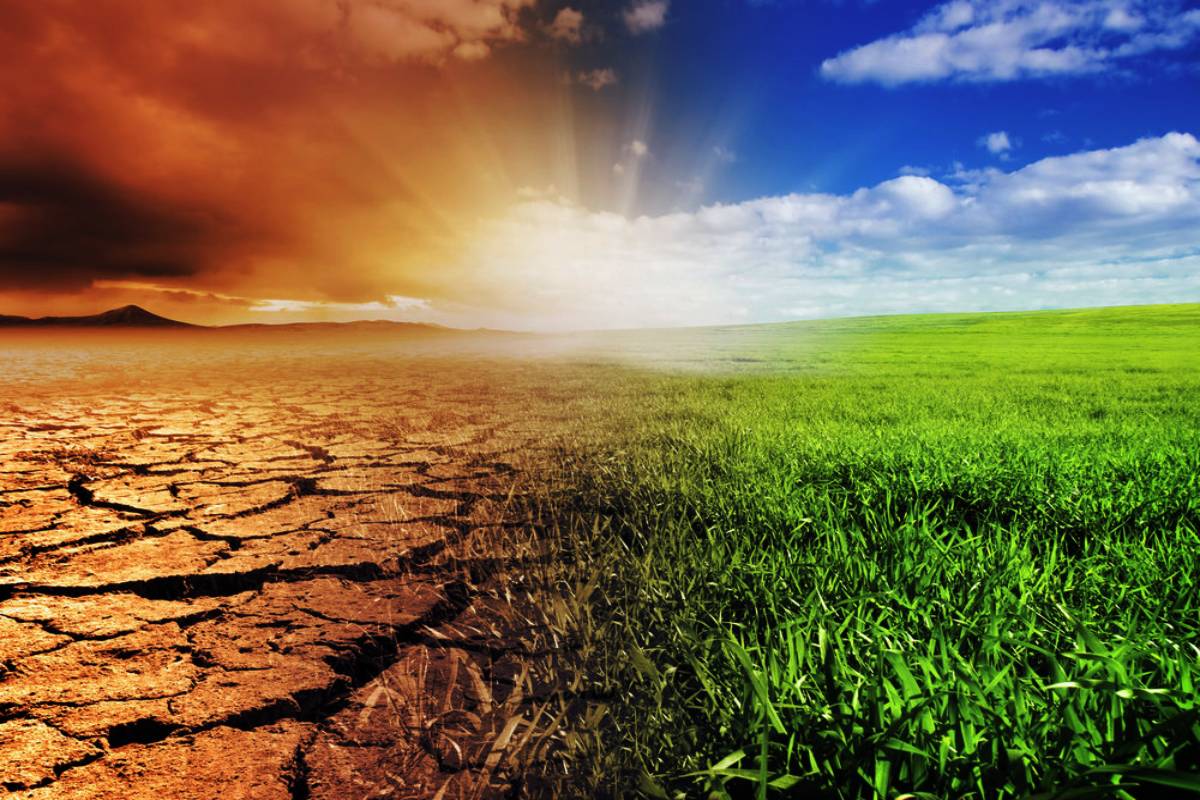Dictator’s template
A few decades back, a decreasing number of countries were given taints of autocracies and dictatorship (even though many were under undemocratic monarchies).
The earth has just witnessed its hottest January on record, defying expectations and leaving climate scientists scrambling for answers.

Climate Change (representational image)
The earth has just witnessed its hottest January on record, defying expectations and leaving climate scientists scrambling for answers. This is not just another milestone in the well-documented warming trend caused by greenhouse gas emissions. What makes this event particularly troubling is that it occurred despite the shift from an El Niño to a developing La Niña ~ historically associated with cooling.
The fact that the expected dip in temperatures did not materialise raises urgent questions about whether climate change is accelerating in ways we do not yet fully understand. For decades, climate models have predicted a steady rise in global temperatures, primarily driven by carbon dioxide, methane, and other greenhouse gases. However, the scale of warming over the past two years ~ exceeding projections by 0.2°C ~ suggests that additional, poorly understood factors may be at play. One theory is that the previous La Niña period, which lasted from 2020 to 2023, had suppressed warming by storing heat in the deep ocean, only for El Niño to release it rapidly.
Advertisement
If true, this means the world may have been underestimating how much heat was accumulating beneath the surface all along. Another concerning possibility is the role of aerosols ~ tiny atmospheric particles that have historically provided a cooling effect by reflecting sunlight. Efforts to reduce air pollution, particularly from shipping and industrial emissions, have led to fewer aerosols in the atmosphere. While this is beneficial for human health, it may also mean that a hidden buffer against warming has been removed, exposing the full force of greenhouse gases.
Advertisement
If climate models have underestimated the cooling impact of aerosols, then we may be in for a harsher reality than previously thought. Perhaps most unsettling is the potential feedback effect from cloud cover changes. Some researchers fear that warming oceans could be reducing the formation of reflective low-level clouds, which in turn allows more solar radiation to reach the Earth’s surface, intensifying warming further. If this hypothesis holds, it could mean that the planet is entering a phase of self-reinforcing temperature rise that may be difficult to slow down. Despite the uncertainty surrounding these theories, one thing remains indisputable ~ global temperatures are rising, and records will con tinue to be broken unless urgent action is taken.
The expectation that 2025 would be cooler than recent years has already been called into question, making it clear that we are in uncharted territory. If the current trends persist, what seems extreme today may soon become the new normal. The urgency of reducing greenhouse gas emissions has never been greater. Every fraction of a degree matters, and failure to act decisively could push the planet into irreversible climate shifts. Scientists are still working to determine why recent warming has been so intense, but the message is clear: the time for half-measures is over. The world must treat this as a warning ~ and respond accordingly
Advertisement